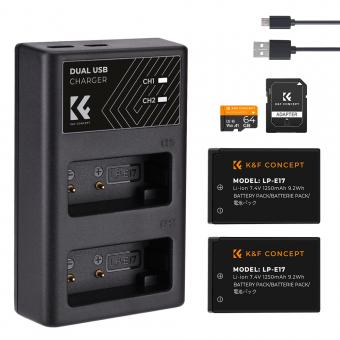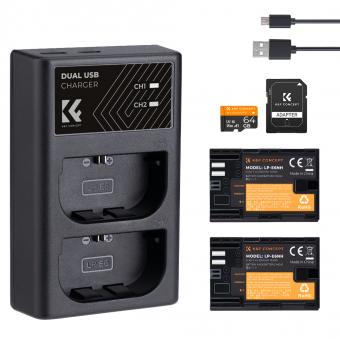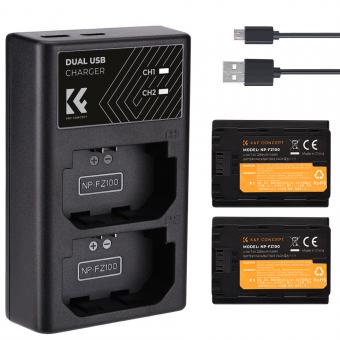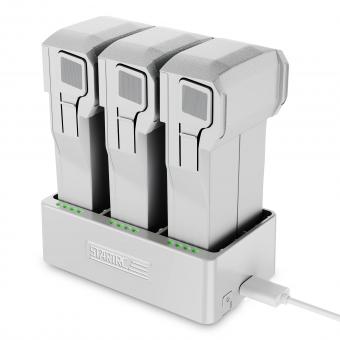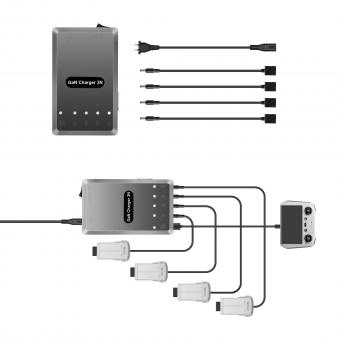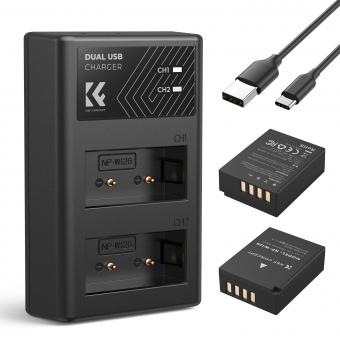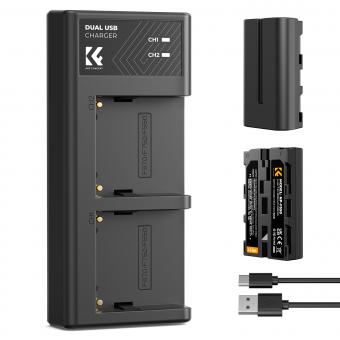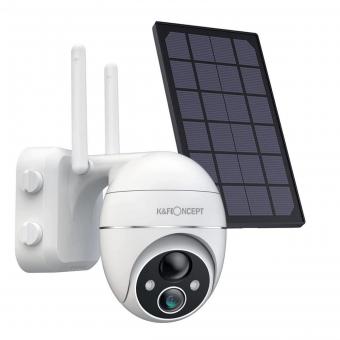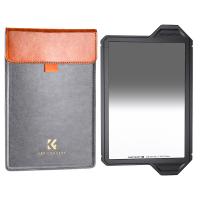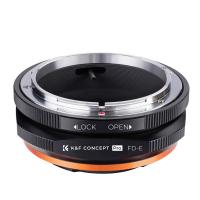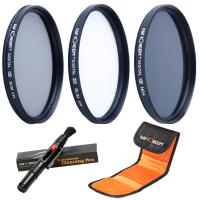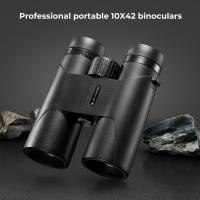How To Put Batteries In A Camera ?
To put batteries in a camera, locate the battery compartment on the camera body. Open the compartment by sliding or lifting the cover. Insert the batteries into the compartment, ensuring that the positive and negative ends align with the markings inside. Close the compartment securely by sliding or pressing the cover back into place. Make sure the batteries are properly inserted and the compartment is fully closed before using the camera.
1、 Battery compartment location and access
Battery compartment location and access is an essential aspect of using a camera. Knowing how to properly insert batteries ensures that your camera functions optimally and allows you to capture those precious moments without any interruptions.
To put batteries in a camera, you first need to locate the battery compartment. The location of the battery compartment can vary depending on the camera model. In most cameras, the battery compartment is located on the bottom or side of the camera body. Some cameras may have a latch or a small door that needs to be opened to access the compartment, while others may require you to remove a part of the camera body.
Once you have located the battery compartment, you need to open it. This can be done by sliding the latch or door in the designated direction or by unscrewing the compartment cover. It is important to handle the compartment cover with care to avoid any damage.
After opening the battery compartment, you will see slots or holders where the batteries need to be inserted. Ensure that you have the correct type and size of batteries as specified by the camera manufacturer. Insert the batteries into the slots, following the polarity markings (+ and -) indicated inside the compartment. Make sure to align the batteries correctly to avoid any damage to the camera.
Once the batteries are inserted, close the battery compartment securely. Ensure that the latch or door is properly closed or the compartment cover is tightly screwed back in place. This will prevent the batteries from falling out during camera usage.
It is worth noting that some cameras may have a rechargeable battery pack instead of removable batteries. In such cases, the battery pack is usually inserted into a designated slot or compartment, following similar steps as mentioned above.
In conclusion, understanding the battery compartment location and access is crucial for using a camera effectively. By following the manufacturer's instructions and handling the batteries with care, you can ensure that your camera is powered up and ready to capture those special moments.

2、 Battery type and compatibility
Battery type and compatibility are essential factors to consider when putting batteries in a camera. The process of inserting batteries may vary slightly depending on the camera model, but the general steps remain the same.
To begin, it is crucial to identify the type of batteries your camera requires. Most cameras use either disposable alkaline batteries or rechargeable lithium-ion batteries. Some high-end cameras may have specific battery models designed for their use. It is important to consult the camera's user manual or manufacturer's website to determine the correct battery type.
Once you have the appropriate batteries, locate the battery compartment on your camera. This is usually located on the bottom or side of the camera body. Open the compartment by sliding or flipping the latch, and carefully insert the batteries according to the polarity markings indicated inside the compartment. The positive (+) and negative (-) ends of the batteries must align with the corresponding markings.
Ensure that the batteries are securely placed in the compartment and close the latch. Some cameras may require an additional locking mechanism to secure the compartment. Once the batteries are inserted, turn on the camera to check if they are functioning properly.
It is worth noting that advancements in camera technology have led to the development of more efficient battery systems. Many cameras now utilize rechargeable lithium-ion batteries, which offer longer battery life and better performance compared to disposable batteries. Additionally, some cameras are compatible with external battery grips or power banks, allowing for extended shooting sessions without the need to change batteries frequently.
In conclusion, understanding the battery type and compatibility is crucial when inserting batteries into a camera. Following the manufacturer's instructions and considering the latest advancements in battery technology will ensure optimal performance and longevity for your camera.

3、 Proper battery orientation
Proper battery orientation is crucial when it comes to inserting batteries into a camera. The correct placement ensures that the camera functions optimally and prevents any potential damage. Here's a step-by-step guide on how to put batteries in a camera:
1. Check the camera's user manual: Different camera models may have slightly different battery compartments or orientations. It's always a good idea to consult the user manual for specific instructions.
2. Open the battery compartment: Locate the battery compartment on your camera. It is usually on the bottom or side of the camera, secured with a latch or cover. Slide or flip the latch to open the compartment.
3. Identify the battery slots: Inside the battery compartment, you will find slots or holders for the batteries. These slots are typically labeled with plus (+) and minus (-) signs, indicating the correct orientation.
4. Insert the batteries: Take the batteries and align them with the plus and minus signs on the slots. Ensure that the positive (+) end of the battery matches the plus sign, and the negative (-) end aligns with the minus sign. Gently push the batteries into their respective slots until they are securely in place.
5. Close the battery compartment: Once the batteries are inserted correctly, close the battery compartment by sliding or flipping the latch back into place. Ensure that it is securely closed to avoid any accidental battery ejection.
It's worth noting that some cameras may use rechargeable batteries, while others may require disposable ones. Additionally, always use the recommended battery type and brand suggested by the camera manufacturer for optimal performance.
As technology advances, some cameras now come with built-in rechargeable batteries that can be charged via USB or other power sources. In such cases, the battery compartment may not be accessible, and the camera needs to be connected to a power source for charging.
Remember, if you encounter any difficulties or uncertainties, referring to the camera's user manual is always the best course of action.

4、 Inserting batteries securely
Inserting batteries securely is a crucial step in ensuring the smooth functioning of your camera. With the rapid advancements in camera technology, it is important to stay updated on the latest methods of inserting batteries to avoid any potential damage or malfunction.
To put batteries in a camera, follow these steps:
1. Check the camera's user manual: Different camera models have varying battery compartments and insertion methods. It is always advisable to refer to the user manual for specific instructions.
2. Open the battery compartment: Locate the battery compartment on your camera. It is usually located on the bottom or side of the camera. Slide or press the latch to open the compartment.
3. Insert the batteries correctly: Check the polarity markings inside the battery compartment. Align the positive (+) and negative (-) ends of the batteries with the corresponding markings. Ensure a secure fit by gently pushing the batteries into place.
4. Close the battery compartment: Once the batteries are inserted, close the compartment securely. Make sure it clicks or locks into place to prevent accidental opening during use.
5. Test the camera: Turn on the camera and check if it powers up properly. If the camera does not turn on, double-check the battery orientation and ensure they are inserted correctly.
It is worth noting that some cameras now come with rechargeable lithium-ion batteries instead of traditional disposable batteries. These batteries often have specific charging methods and may require a separate charger. Always follow the manufacturer's instructions for charging and inserting these batteries to avoid any potential damage.
In conclusion, inserting batteries securely is a fundamental step in using a camera. By following the specific instructions provided by the camera manufacturer, you can ensure the safe and efficient operation of your camera.




